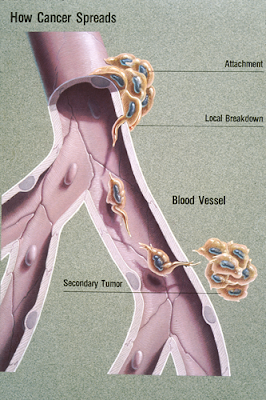Heart disease is the leading cause of death in the United States. According to the American Heart Association, at least 58.8 million American suffer from heart disease of any form. Around 950.000 people die every year from cardiovascular causes. It is also a major cause of disability for the survivors. Even though increased age is a risk factor, it's a big
misconception to think that heart disease only happens to the elderly. One out of every 20 people below the age of 40 has heart disease.
The good news is that there are many ways to prevent heart disease. Studies show that nearly everyone, even those with unmodifiable risk factors such as old age and racial background, can become more heart healthy by following a few key steps, such as eating a healthy diet, exercising, quitting smoking, and maintaining a healthy body weight.
Quit Smoking
Smoking or tobacco use is one of the most significant risk factors for developing heart disease. Even occasional social smoking increases the chance of getting heart disease, as is exposure to second-hand smoke. Pipe smoking or using low-tar, low-nicotine products does not reduce the risk by much. However, when you quit smoking, your heart disease risk drops dramatically within just one year. No matter how long or how much you smoked, you'll start reaping rewards as soon as you quit.
Exercise regularly
Try getting at least 30 minutes of moderate physical activity most days of the week. You can break up your exercise time into three times 10 sessions. Casual activities such as gardening, housekeeping, and taking the stairs all count toward your total.
Eat a heart-healthy diet
Following the DASH (Dietary Approaches to Stop Hypertension) eating plan can help protect your heart. The diet is rich in fruits, vegetables, whole grains and low-fat dairy products. Limiting saturated and trans fat will also reduce your LDL cholesterol which plays an important role in the development of heart disease.
Omega-3 fatty acids is a type of polyunsaturated fat that decreases your risk of heart attack by lowering blood pressure and prevents irregular heart beats. Omega-3 is present in salmon, mackerel, flaxseed oil, soybean oil and canola oil. They can also be found in form of food supplements.
Moderate amount of alcohol, such as red wine can have a protective effect on your heart. Limit consumption to no more than two drinks a day for men, and one a day for women.
Maintain a healthy weight
As you put on weight in adulthood, your weight gain mostly consists of fat rather than muscle. Even a small weight loss can be beneficial. Reducing your weight by just 10% can decrease your blood pressure, lower your blood cholesterol level and reduce your risk of diabetes which in turn reduce your overall risk for cardiovascular diseases.
One way to see if your weight is healthy is to calculate your body mass index (BMI). If your BMI is 25 or higher, you have an increased risk of heart disease and stroke. The BMI is a good, but imperfect guide. Muscle weighs more than fat, and women and men who are very muscular and physically fit can have high BMIs without added health risks. Because of that, waist circumference also is a useful tool to measure how much abdominal fat you have. Men are considered overweight if their waist measurement is greater than 40 inches (101 cm). Women are overweight if their waist measurement is greater than 35 inches (88 cm).
Regular screening for heart disease risk factors
Check your blood pressure at least every 2 years starting from 18 years old. Check your cholesterol level every 5 years (more frequently if you are at an increased risk for heart disease) starting from 20 years old. Check your blood sugar level every five years (more frequently if you have other risk factors such as obesity or high blood pressure) starting from age 30 years old.
















